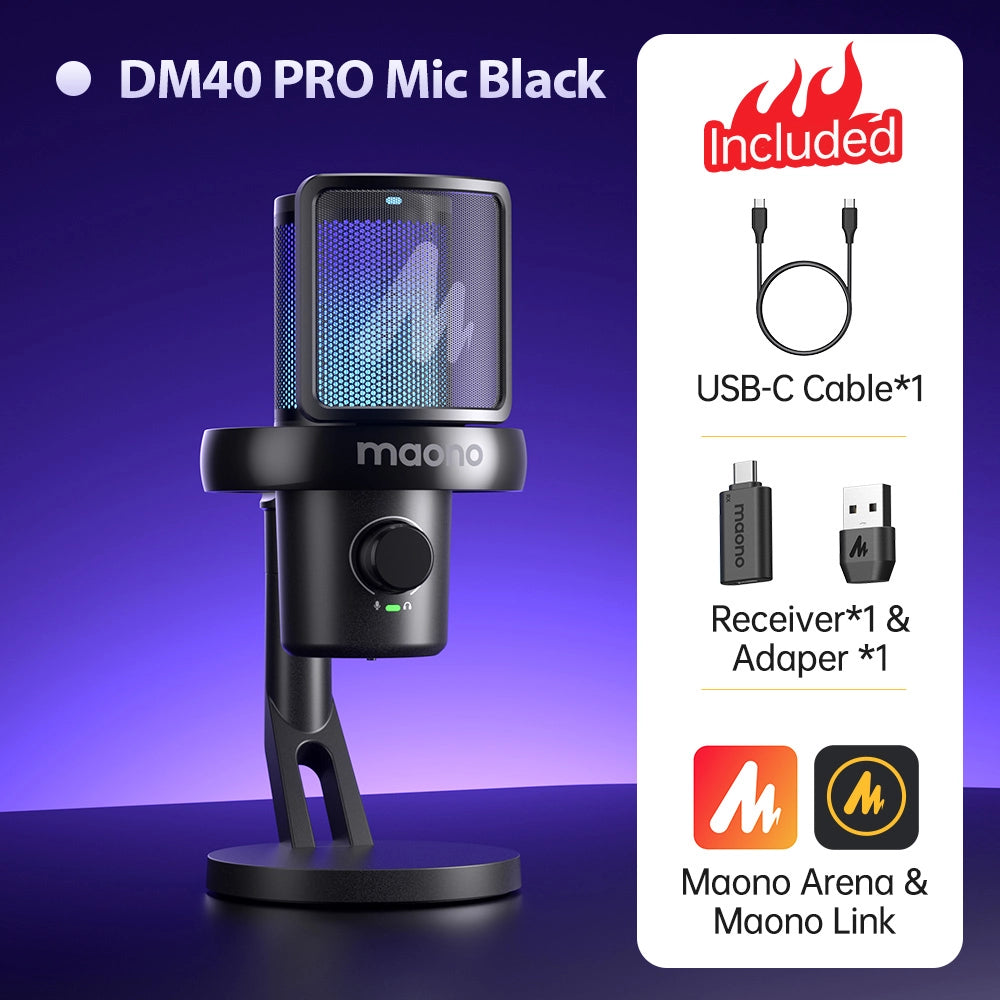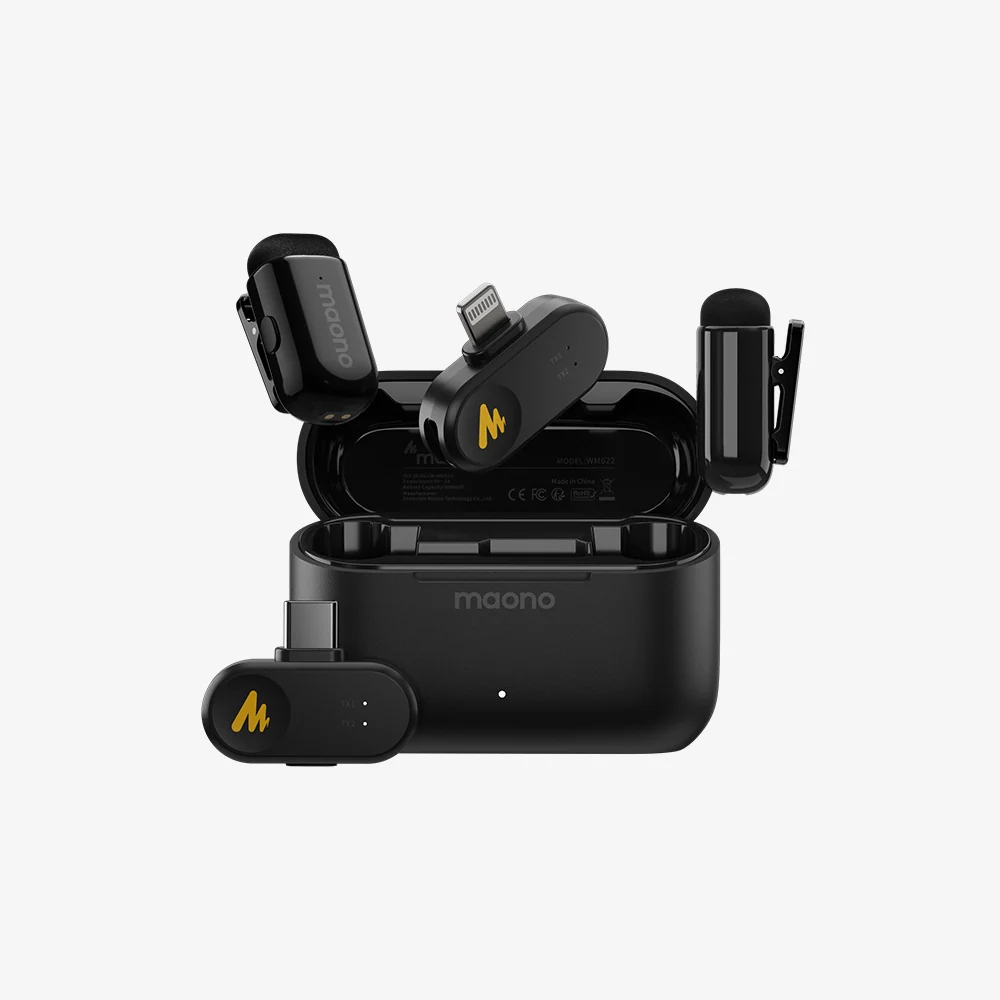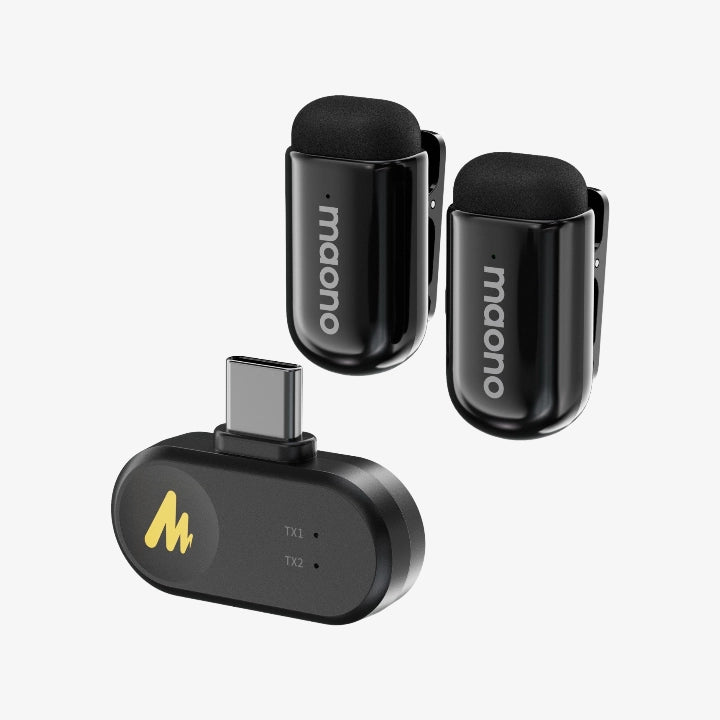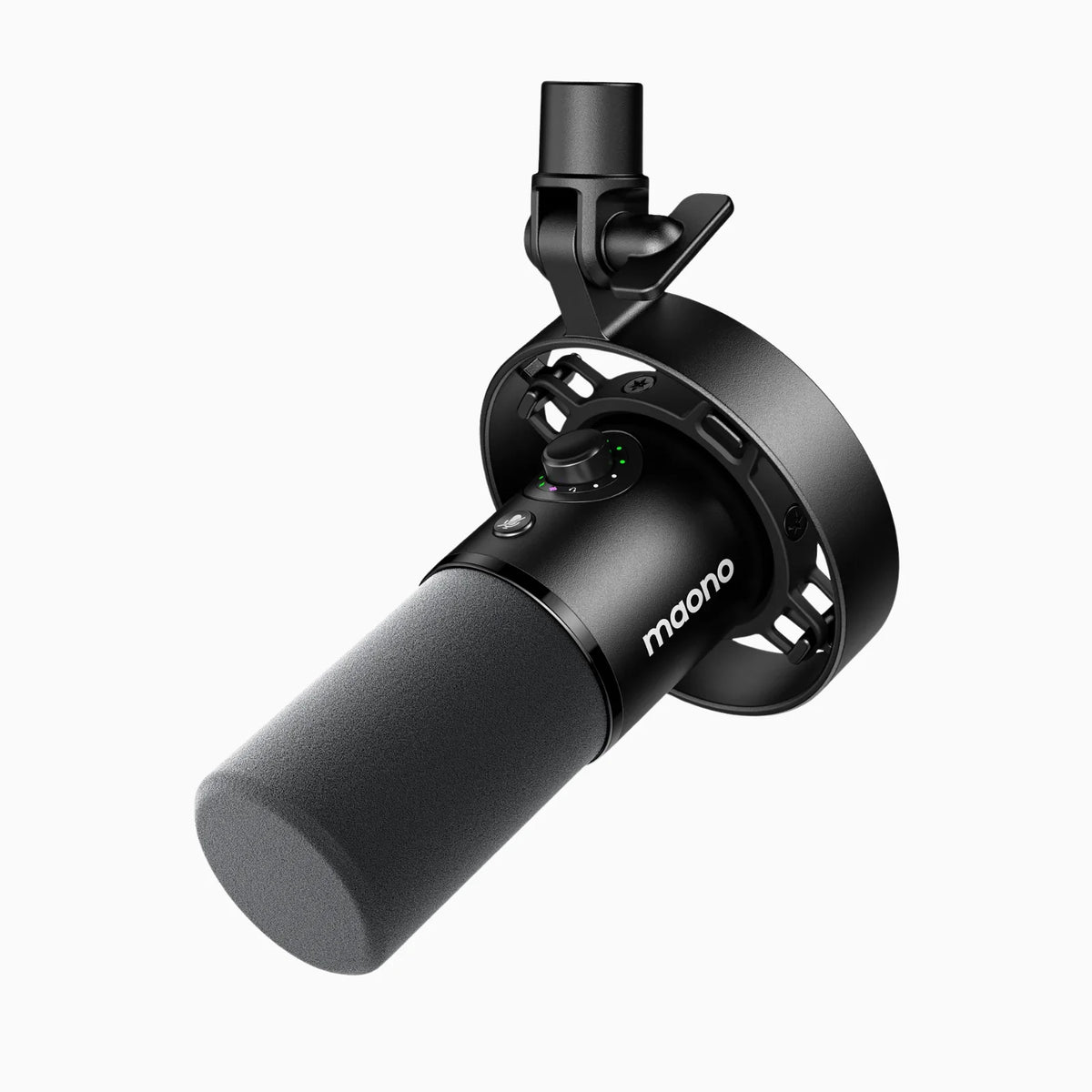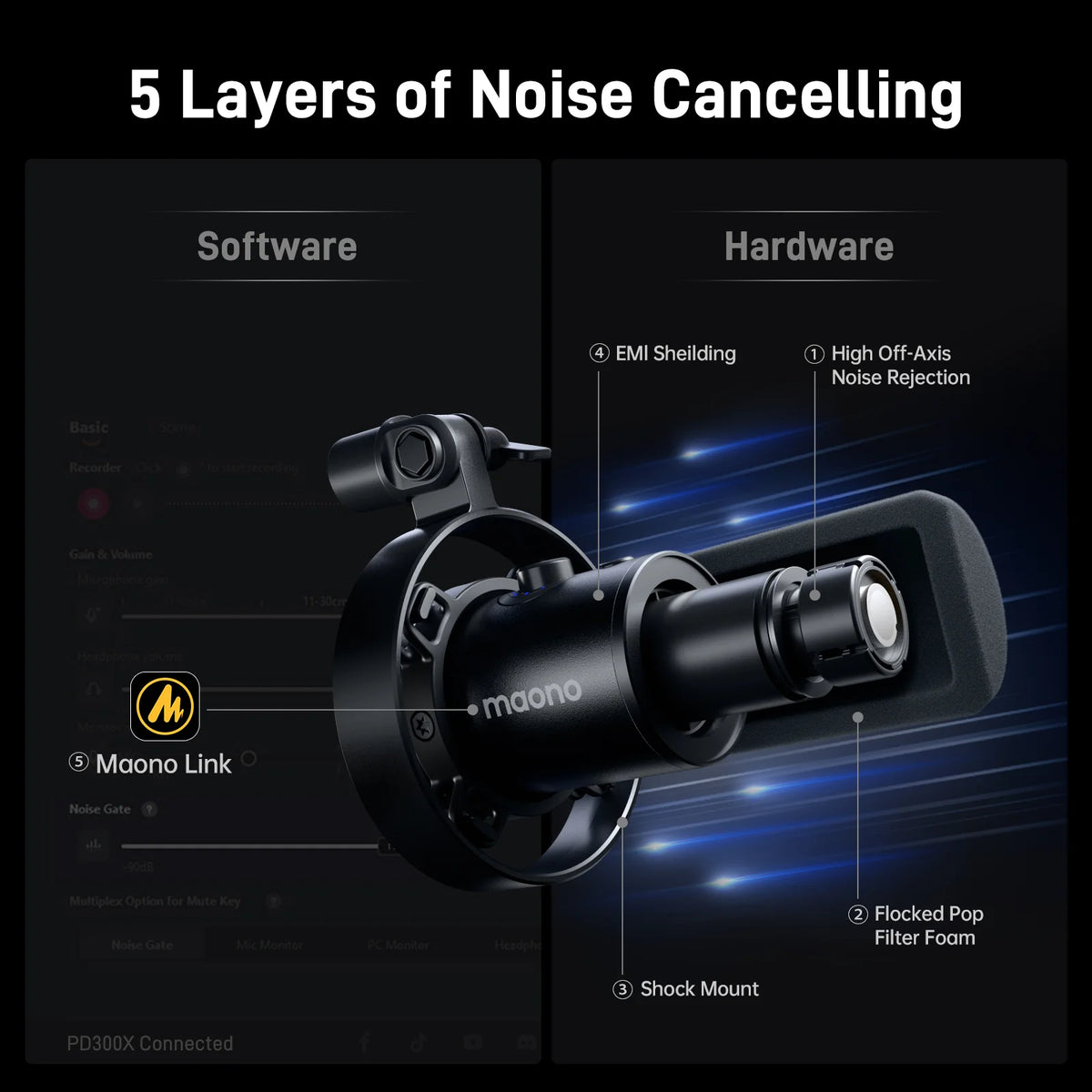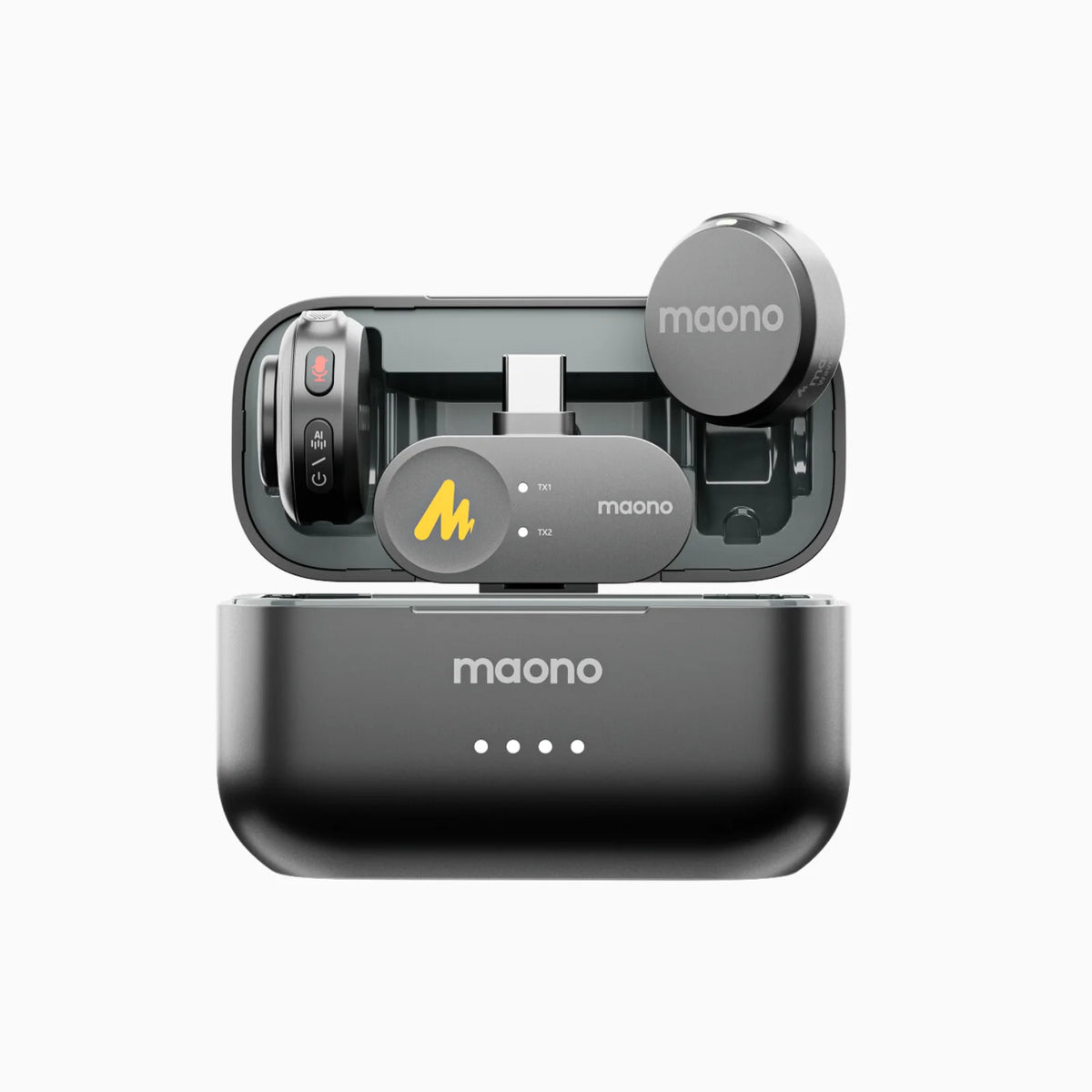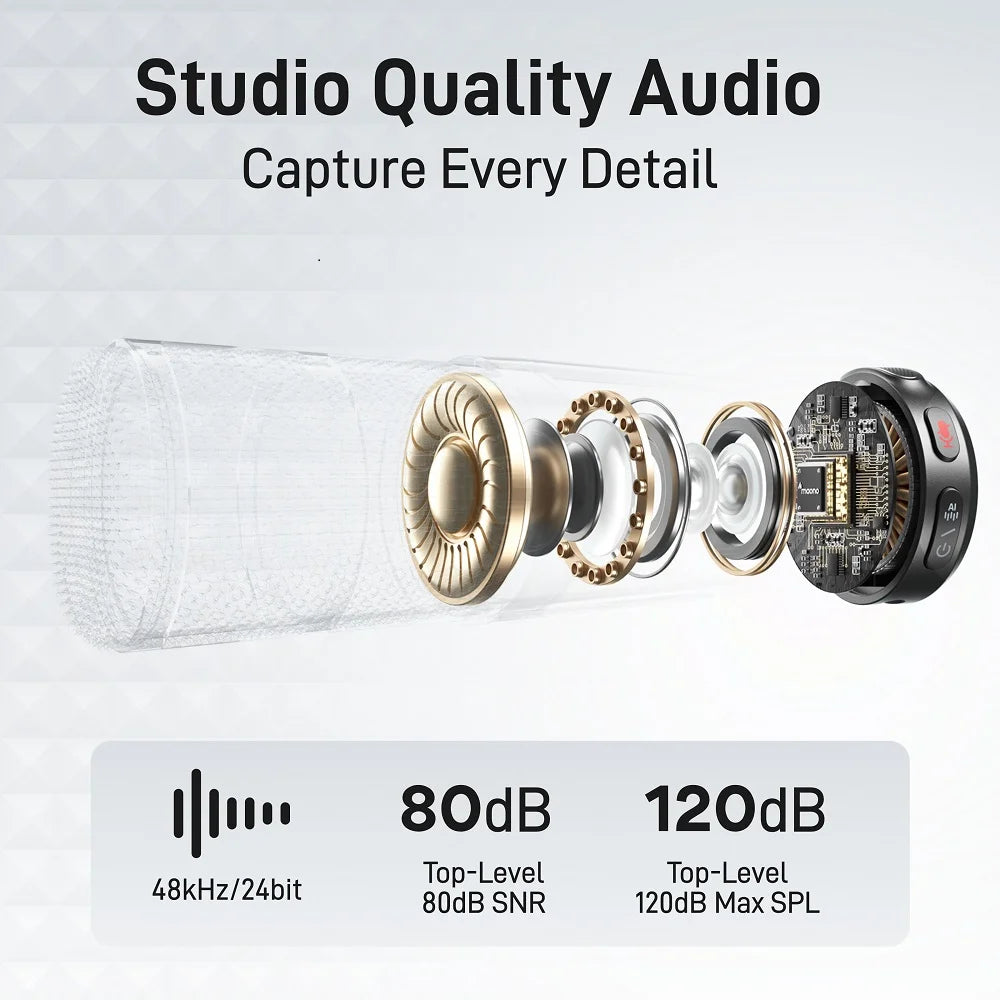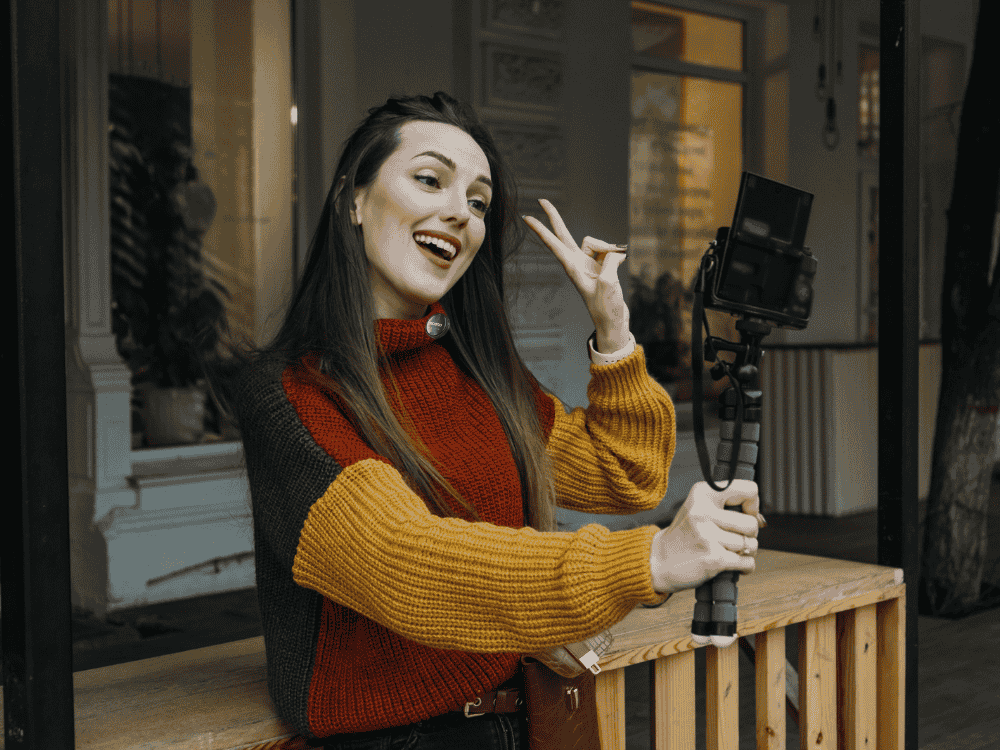Microphones are at the core of stereo recording techniques because they are the primary tools used to capture sound in two channels, creating a stereo image that listeners can perceive as coming from multiple directions. The type, placement, and configuration of microphones directly influence how the stereo effect is achieved. Here’s a breakdown of how microphones are related to and important in various stereo recording techniques:
Stereo recording is carried out by using two microphones at the same time to record and capture one instrument, a technique involving the use of two microphones to simultaneously record one instrument.
Stereo recording is the process of recording multiple track soundtracks during film production. The major vocal content of the movie stereo has stricter requirements for signal-to-noise ratio, dynamic range, bandwidth, distortion, crosstalk, and phase shift than the mono video. Using the right microphone is essential to getting the highest quality stereo recording. To ensure a realistic portrayal of the soundstage, the microphone's polar pattern, positioning, and selection all have a direct impact on how clearly and precisely the sound is recorded. A top-notch stereo microphone arrangement reduces distortion and phase problems while producing a full-bodied, engrossing soundscape. A digital camera is used in the recording system to record audio.
Why Stereo Recording is Important?
Stereo recording captures sound from two distinct channels (left and right), creating a more natural and immersive listening experience. It adds depth, dimension, and realism to audio, especially for music, films, podcasts, and any production where spatial accuracy matters.
Microphones are the foundational tools in creating a stereo recording because they:
- Capture sound: Different microphones (e.g., cardioid, figure-8) are used to capture sound in different ways, allowing stereo techniques to create a soundstage that reflects the environment or the desired artistic effect.
- Define the stereo image: The placement, type, and configuration of microphones determine the width, depth, and balance of the stereo soundfield.
- Prevent phase issues: Careful microphone selection and placement help minimize phase cancellation, which can degrade the stereo image, particularly in wide-spaced setups like AB.
- Shape the recording experience: The right microphones in the right positions allow for various stereo recording effects—from wide ambient sound to tight, focused stereo images.
Without the correct microphones and thoughtful technique, achieving a balanced, realistic stereo recording would be difficult. The choice and placement of microphones are what ultimately give each stereo recording technique its unique character and sound.

Most digital video cameras use a PCM stereo system for recording, which can capture sound in 12 different settings. It records at 32KHz with two channels in some modes, and at 48KHz with two channels in others, with a 16-bit depth. Now, let's explore the recording technology used in digital recorders.
The stereo recording system of the digital recorder features a cross-arranged microphone setup, which is much more complex than we might expect.
Two-channel stereo recording primarily uses time differences and sound pressure differences to create a three-dimensional sense of space. The time difference refers to the variation in the time it takes for the sound to reach the left and right ears, which generates the sense of stereo perception. The sound pressure difference refers to the variation in the intensity of the sound received by each ear.
Another important factor in stereo recording is phase. When using speakers or mixing the left and right channels to mono, it's crucial that the channels are in phase with each other to avoid phase cancellation and to increase volume. Conversely, when channels are out of phase, it can lead to a reduction in sound quality. Active noise reduction devices in airplanes and some cars reduce unwanted noise by emitting sounds with the opposite phase.
Top Stereo Recording Techniques for Professionals
The placement of stereo recording microphones (also known as the standard) can be quite complex. The following are commonly used techniques:
A/B mode:
The two microphones are pulled apart by a certain distance, parallel or at a certain angle toward the sound source. Simple and convenient, but easy to produce sound field and phase problems.
ORTF mode:
The two microphones are 17cm apart and face the sound source at an angle of 110 degrees.
X/Y mode:
The two microphones are placed at an angle of 90 degrees, and the microphone diaphragm is very close. Stereo recording with sound pressure difference has the advantage of solving the phase problem, but the pairing requirements for the microphone are higher.
M/S mode:
A cardioid directional microphone (Mid) is placed at a 90-degree angle with an 8-shaped directional microphone (Side). The MS mode requires an encoder to generate left and right channels for stereo recording. The encoding mode is left channel = M+S, right channel = M-S.
Blumlein:
Uses two figure-8 mics placed at 90 degrees to capture sound from both the front and back.
Common Mistakes to Avoid in Stereo Recording:
- Improper Microphone Placement: Incorrect distances or angles can lead to phase cancellation or an imbalanced stereo image.
- Ignoring Phase Issues: Different mic placements can result in phase interference, leading to weak or hollow sound.
- Overloading Gain: Too much input gain can result in distortion and clipping, especially in stereo setups with multiple mics.
How to Achieve a Balanced Stereo Image
Achieve balance by:
- Proper Mic Placement: Ensure that microphones are placed symmetrically and at appropriate distances to avoid phase issues.
- Matching Microphone Types: Use similar microphones (same make and model) to ensure consistent sound across channels.
- Adjusting Levels: Fine-tune each channel’s gain and panning for a well-balanced mix.
Frequently Asked Questions:
1. What is the difference between stereo and mono recording?
- Mono (Monophonic) Recording uses a single audio channel to capture sound, meaning the same sound is heard through both the left and right speakers or headphones. It’s simpler and typically used for speech or situations where spatial placement of sound isn’t important.
- Stereo (Stereophonic) Recording uses two audio channels (left and right), capturing sound from two microphones placed at different points. This creates a sense of space and depth, making the listening experience more natural and immersive.
2. How do I achieve the best stereo sound recording?
To achieve the best stereo sound:
Tip#1. Use the Right Microphones: Choose high-quality mics that suit your environment (e.g., cardioid or omnidirectional mics).
Tip#2. Proper Mic Placement: Try techniques like XY, AB, or ORTF for proper mic positioning. This helps capture the stereo field effectively.
Tip#3. Maintain Proper Phase Alignment: Ensure your microphones are placed symmetrically to avoid phase issues, which can weaken the sound or cause cancellations.
Tip#4. Adjust Levels and Panning: After recording, adjust the gain levels and stereo pan to ensure a balanced sound.
3. What equipment do I need for stereo recording?
For stereo recording, you'll need:
- Two Microphones: Depending on your technique, you might use two matching condenser or dynamic microphones for capturing stereo sound.
- Audio Interface: A stereo-capable audio interface with at least two inputs to connect and record from both microphones.
- Recording Software (DAW): Software like Ableton, Pro Tools, or Audacity that supports multi-track recording and panning.
- Headphones: To monitor the stereo sound while recording and ensure proper balance.
- Boom Stand or Mic Stands: For positioning the microphones in the correct setup.
Conclusion
Mastering stereo recording requires careful attention to microphone selection, placement, and technique. By understanding the different stereo recording methods, such as AB, XY, or ORTF, and avoiding common mistakes like improper mic placement or phase issues, you can achieve a rich, immersive sound. Also, with the right equipment and attention to detail, you’ll be able to create high-quality stereo recordings that capture the full depth and dimension of the sound environment.
Also Read:
Guide to Choosing the Best Microphone for Recording YouTube Videos
Best Microphones for Home Recording: Top Picks, Maono Models, and Tips











